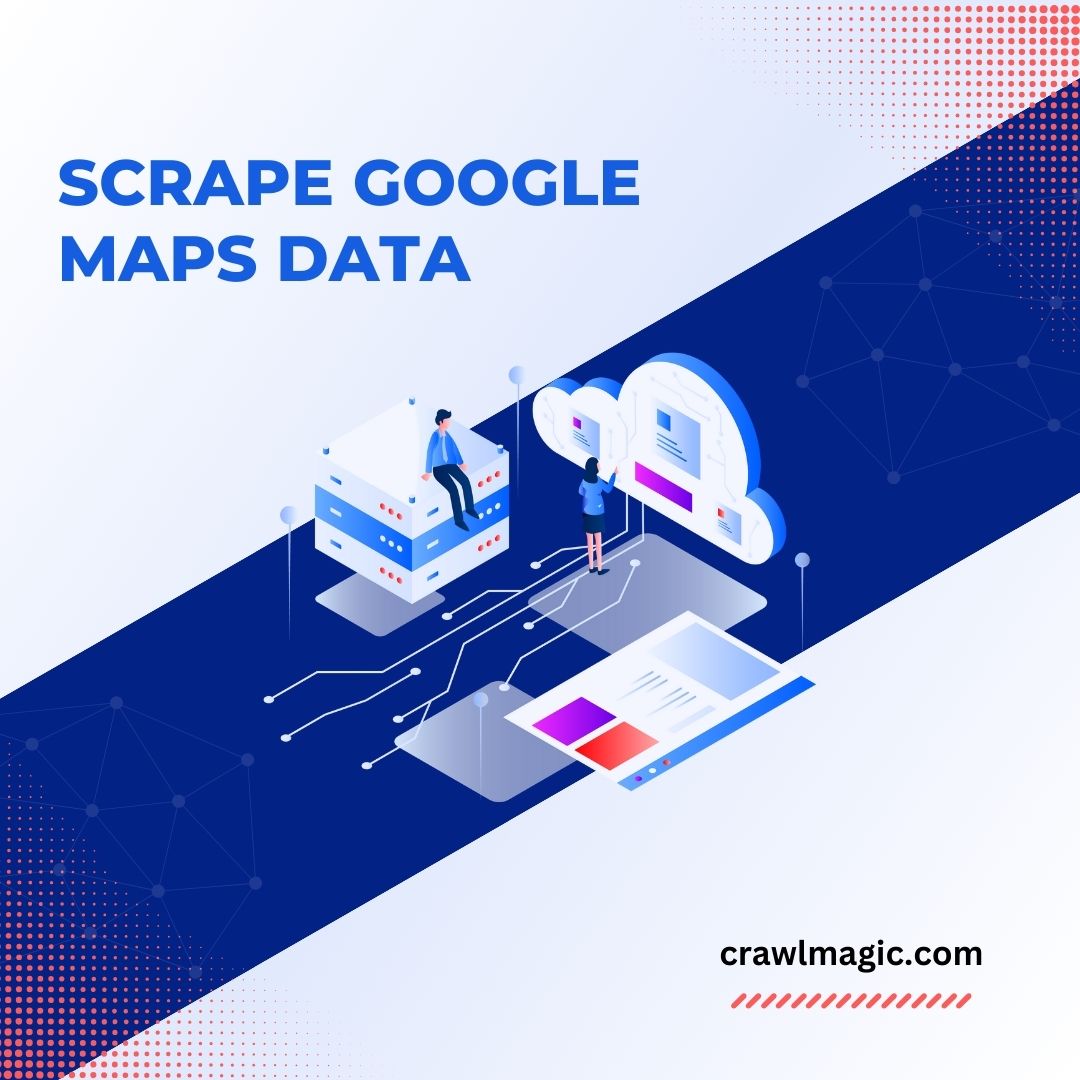Navigating the world of data can sometimes feel like an adventure. One such thrilling quest is extracting valuable insights from platforms like Google Maps. So, why would someone want to embark on such a journey, and how can they successfully gather the data they seek? Let’s delve deep into the fascinating realm of scraping data from Google Maps.
Understanding Google Maps Data
What is Google Maps Data?
Google Maps, a service introduced by Google, is not just about directions. It’s a comprehensive map service that includes business listings, reviews, public transport routes, and much more. Extracting this data means tapping into a vast reservoir of localized information.
Why Scrape Data from Google Maps?
There are countless reasons to scrape Google Maps, but here are a few key motivations:
- Business Analysis: Companies can glean insights about competitors, study market saturation in specific areas, or identify potential locations for expansion.
- Research: Scholars and analysts can gather information about urban development, infrastructure changes, and public transportation efficiency.
- Personal Projects: From planning a vacation to finding the best local eateries, the uses are endless for individual purposes.
Steps to Scrape Data from Google Maps
1. Google Maps APIs
Google understands the value of its data and provides APIs (Application Programming Interfaces) to help developers fetch information. These APIs, like the Places API or Maps JavaScript API, offer structured data, making extraction easier and more reliable.
2. Using Scraping Tools
Several web scraping tools are designed to simplify the data extraction process. These platforms can assist even those without a technical background in gathering the details they need from Google Maps.
3. Custom-Built Solutions
For more intricate needs, you might consider developing a custom scraper. It requires programming knowledge, often using languages like Python coupled with libraries such as Beautiful Soup or Selenium.
Best Practices in Google Maps Data Scraping
Respecting Google’s Guidelines
Always remember that Google has specific terms of service. Engaging in data scraping responsibly involves ensuring compliance with these guidelines to maintain a positive relationship with the service provider.
Limiting Your Requests
Being enthusiastic about data extraction is great, but it’s crucial to pace yourself. Sending too many requests in a short period can lead to temporary restrictions. It’s about balancing enthusiasm with patience.
Maintaining Data Integrity
When extracting data, always aim for accuracy. Ensure your tools or methods are updated and are fetching the most recent data, reflecting the real-time state of Google Maps.
The Vast World of Google Maps Data
As you venture into the landscape of Google Maps data scraping, it’s essential to remember the richness of the data available. From discovering new businesses to tracking urban development, Google Maps offers a universe of insights. Armed with the right tools and a respectful approach, there’s no limit to the valuable treasures one can unearth from this platform. Remember to always navigate with curiosity and integrity, and the world (or at least its data) is yours for the taking!

